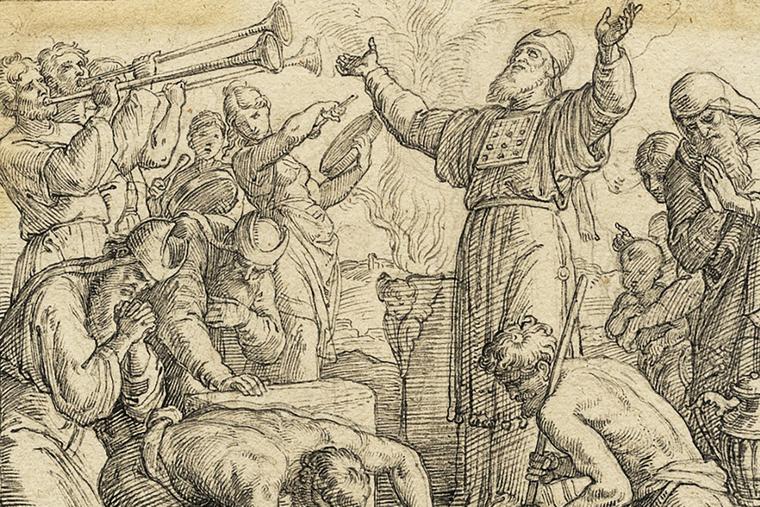- Feb 5, 2002
- 166,616
- 56,252
- Country
- United States
- Faith
- Catholic
- Marital Status
- Married
- Politics
- US-Others
The Bible accurately intersects with history, as proven by archaeology and historiography
Nehemiah was the “cupbearer” (Nehemiah 1:1, 11) to the Persian king Artaxerxes I (r. 465-425 B.C.)
As another example, Sanballat (the Horonite), an adversary of Nehemiah, is mentioned 10 times in the book of Nehemiah (2:10, 19; 4:1, 7; 6:1-2, 5, 12, 14; 13:28). An Elephantine papyrus, discovered near Jericho in 1962 and dated to 407, mentions the sons [Delaiah and Shelemiah] of Sanballat, the governor of Samaria.
Nehemiah states that he was the “cupbearer to the king” (Nehemiah 1:11). Classical sources (e.g., Xenophon) give detailed descriptions of cupbearers at the Persian court. Nehemiah refers to the “former governors who were before me” (5:14-15; cf. 12:26).
Some thought that Judah didn’t have governors, but that this referred to governors of Samaria. But in 1974, some 70 bullae (clay seal impressions) emerged, one of which bore the inscription “YHD,” referring to the province of Judah in Persian. Israeli archaeologist Nahman Avigad (1905-1992) dated them to the sixth and early fifth century B.C. and proposed a list of eight governors of Judah, including Nehemiah (445-432 B.C.).
Continued below.

 www.ncregister.com
www.ncregister.com
Nehemiah was the “cupbearer” (Nehemiah 1:1, 11) to the Persian king Artaxerxes I (r. 465-425 B.C.)
- Nehemiah 2:1 (RSV) In the month of Nisan, in the twentieth year of King Artaxerxes, when wine was before him, I took up the wine and gave it to the king. …
- Nehemiah 5:14 Moreover from the time that I was appointed to be their governor in the land of Judah, from the twentieth year to the thirty-second year of Artaxerxes the king, twelve years, neither I nor my brethren ate the food allowance of the governor.
As another example, Sanballat (the Horonite), an adversary of Nehemiah, is mentioned 10 times in the book of Nehemiah (2:10, 19; 4:1, 7; 6:1-2, 5, 12, 14; 13:28). An Elephantine papyrus, discovered near Jericho in 1962 and dated to 407, mentions the sons [Delaiah and Shelemiah] of Sanballat, the governor of Samaria.
Nehemiah states that he was the “cupbearer to the king” (Nehemiah 1:11). Classical sources (e.g., Xenophon) give detailed descriptions of cupbearers at the Persian court. Nehemiah refers to the “former governors who were before me” (5:14-15; cf. 12:26).
Some thought that Judah didn’t have governors, but that this referred to governors of Samaria. But in 1974, some 70 bullae (clay seal impressions) emerged, one of which bore the inscription “YHD,” referring to the province of Judah in Persian. Israeli archaeologist Nahman Avigad (1905-1992) dated them to the sixth and early fifth century B.C. and proposed a list of eight governors of Judah, including Nehemiah (445-432 B.C.).
Continued below.

Archaeology Supports the Book of Nehemiah
The Bible accurately intersects with history, as proven by archaeology and historiography
